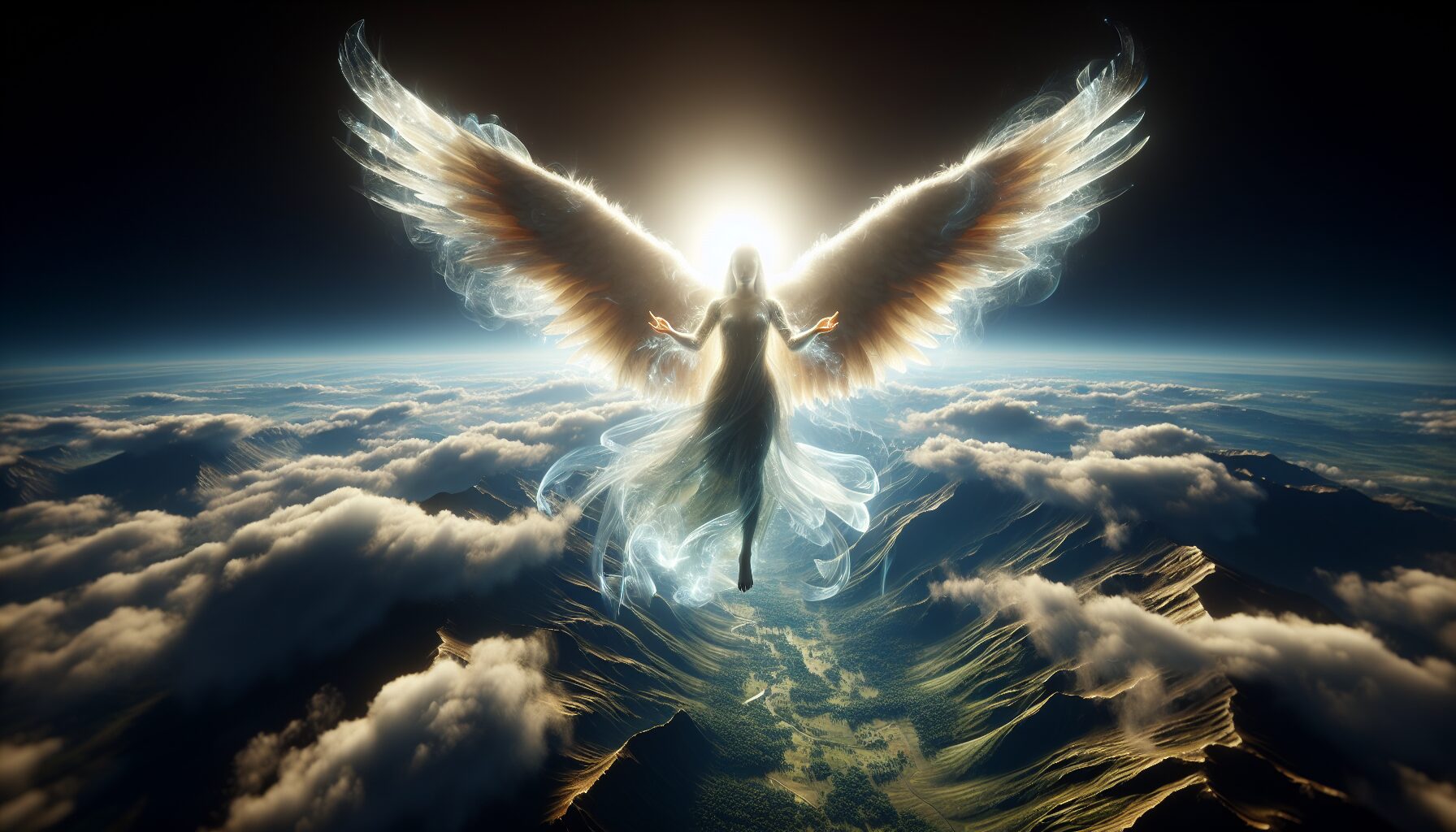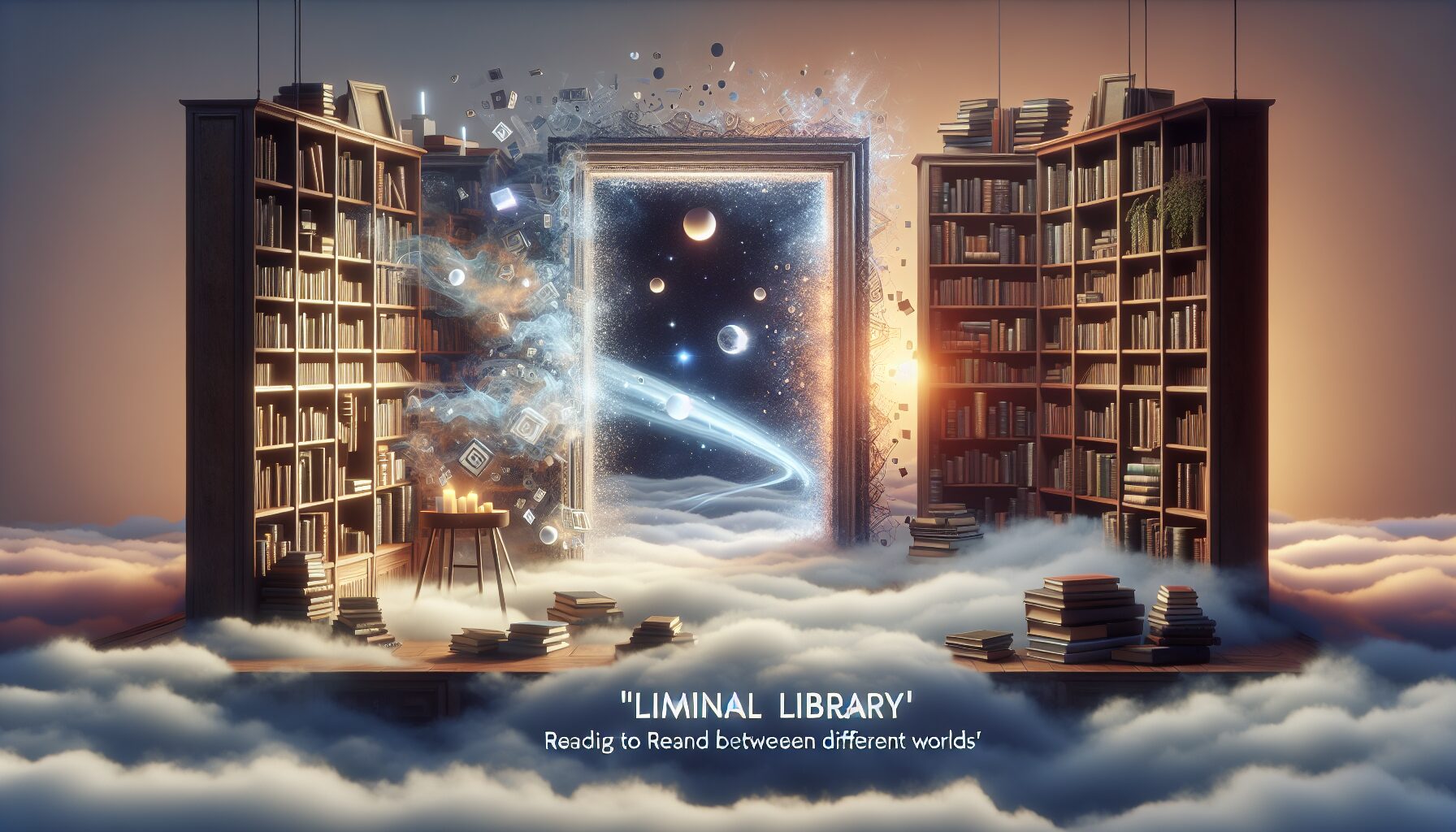The intricate dance between time and the supernatural has captured the human imagination for centuries. From the echoes of ghostly footsteps in abandoned mansions to clocks that stop at the precise moment of death, tales of time intertwining with the supernatural continue to haunt and fascinate. This article delves into the many ways these two enigmatic forces have intersected throughout history and explores why they hold such a powerful grip on our collective consciousness.
The Ancient Roots of Time and the Supernatural
The connection between time and the supernatural can be traced back to ancient civilizations. The Egyptians, for instance, revered the afterlife and the concept of eternity, thus intertwining their funeral rites with celestial time as observed through the stars. The Great Pyramids themselves are believed to be aligned with the cardinal points and celestial bodies, serving as conduits between life, death, and the cosmos.
In ancient Greece, philosophers like Pythagoras and Plato theorized about time stretching beyond human mortality. Plato’s concept of the “timeless soul” suggested that our innermost essence is not confined to the linear progression of time—a notion that still resonates with many contemporary spiritual philosophies.
Timeless Legends and Folklore
Throughout history, folklore has been rich with stories where time plays a pivotal role in supernatural occurrences. Rip Van Winkle, a story written by Washington Irving, describes a man who falls asleep in the mountains for 20 years, waking up to a world that has moved on without him. This tale underscores the anxiety about time’s relentless march and its capacity to leave individuals stranded between different eras.
Many cultures have legends of time slipping or bending under the influence of the supernatural. The Faerie folk of Celtic mythology, for example, are believed to inhabit lands where time flows differently, allowing them to abduct humans who return only to find that decades have passed in the real world. Similarly, ghost stories often feature clocks stopping at the exact moment of a significant event, suggesting a reality where temporality is distorted by otherworldly forces.
The Victorian Era: A Time of Spiritual Exploration
The 19th century was a period of increased interest in supernatural phenomena, heavily influenced by the spiritualist movement. Victorians were fascinated by the idea of cycling between life and death, a theme mirrored in their literature. Charles Dickens’ A Christmas Carol is a quintessential example, where Scrooge experiences a nightmarish journey through time guided by spirits.
The growing popularity of seances during this era also revealed a longing to communicate across time with spirits. Mediums claimed the ability to bring forth voices from the past, igniting debates about the permeability of time and its boundaries.
Scientific Perspectives on Time and the Paranormal
In modern times, science has also investigated the concept of time in relation to supernatural phenomena. Albert Einstein’s theory of relativity revolutionized understanding by suggesting time is flexible, capable of being warped by speed and gravity. Some theorists propose that paranormal events might be explained by disruptions in the space-time continuum—places where the fabric of reality is temporarily altered, allowing glimpses into other times or dimensions.
“The only reason for time is so that everything doesn’t happen at once.” — Albert Einstein
While such ideas remain largely speculative, they open fascinating possibilities for why some individuals claim to witness ghosts or experience time slips. Could it be that these phenomena are not just figments of the imagination but reflections of Einstein’s theories in action?
Time-Haunted Places
Certain locations around the world are reputed to be hotspots where supernatural occurrences involving time are frequently reported. The Winchester Mystery House in California is one such place, with its labyrinth of unfinished rooms and staircases leading to nowhere, allegedly haunted by spirits trapped in time.
In England, the Ancient Ram Inn is notorious for being one of the most haunted buildings in the country, with stories of time anomalies and encounters with historical apparitions. These places add to the allure that time can be manipulated—or even disturbed—by supernatural forces.
Cultural Reflections in Modern Media
Today’s pop culture continues to explore the relationship between time and the supernatural. Films like Interstellar and television series such as Stranger Things and Doctor Who delve into time’s mysterious nature and its intersection with the beyond.
These stories often depict characters navigating timelines that rupture conventional boundaries, echoing eternal questions about our place in the universe and the nature of existence itself. Such narratives resonate powerfully with audiences, providing safe spaces to contemplate the mind-bending possibilities of time and spirituality interwoven.
A Never-Ending Fascination
Whether viewed through the lens of historical mythology, philosophical inquiry, or scientific hypothesis, the bond between time and the supernatural captivates human imagination across cultures and epochs. Our fascination with these themes reflects a broader quest to understand the universe, our place within it, and the ultimate mystery of existence beyond time.
As we continue to explore these questions, perhaps the answers will unfold in surprising ways, revealing that time and the supernatural are not just eerie companions in our stories but integral components of reality’s intricate design.





